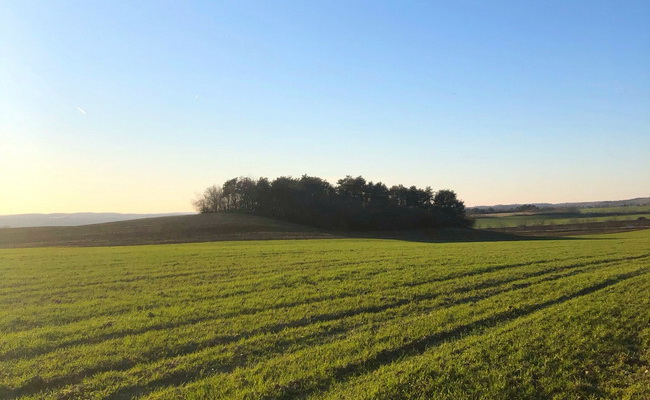Digital agriculture helps to improve farm management methods. Implementation of the innovations provides agrarians information on every change in the fields. Technological solutions for monitoring crops, weather, and soil allow you to identify potential threats and risks to prevent losses.
Demand for food is growing, and agriculture needs to increase production to cover it. However, this can be pretty challenging in the face of climate change, as unpredictable weather events, rising temperatures, and reduced water availability can lead to crop losses. Implementing technological innovations on the farm can help agriculture adapt to changing conditions and increase productivity. Digital agriculture allows farmers to be more aware of events in the fields and improve the efficiency of their decisions. This article will learn about technologies that help maintain and increase yields.
Satellite imagery
Satellite imagery analysis provides extensive opportunities to monitor crop health and identify pests, diseases, and other threats. Using these images, you can get information about the properties and moisture of the soil and then use it to decide on the rate and depth of seeding. Remote sensing technologies make it possible to determine the Normalized Difference Vegetation Index (NDVI), which depends on how plants reflect and absorb light waves of different wavelengths. With the help of this index, farmers can assess plant density and plant health.
IoT
The Internet of Things is a reliable real-time monitoring tool. Sensors combined with mapping and other digital farming technologies make it possible to use resources more efficiently and save time. For example, you can avoid routine field checks but still respond to any changes and detect potential threats before damage is done. Through IoT sensors and cloud or edge computing, agrarians can achieve greater transparency and easier traceability of agricultural commodities throughout the supply chain.
Irrigation systems incorporating IoT technologies allow determining soil moisture remotely in real-time from sensors throughout the farm. Drip irrigation combined with sensors helps reduce water consumption and increase irrigation efficiency. In addition, such solutions can alert farmers to problems in the irrigation system, including leaks or blockages.
Sensors
With the help of modern sensors, it is possible to obtain accurate information about soil properties, moisture content, nutrients, and weather. In addition, the sensors allow farmers to take better care of their livestock. Farmers can track the location and get information about the health of animals. Thus, the disease cases in livestock can be detected on time so that the farmers can start treatment and prevent the disease from spreading. As for the crops, for farmers, sensors are an excellent opportunity to save water, fertilizers, and other resources. Sensor data allows you to identify the needs of specific plants and sites and use resources following this information.
Artificial intelligence (AI)
There are a lot of data sources that can be used in modern agriculture. In this regard, new data processing methods are also required to transform them into useful information. Artificial intelligence assists farmers at all stages of production. Thanks to the early warning system, this technology allows you to detect problems timely. It also plays a vital role in developing solutions and minimizing damage. AI also makes a significant contribution to the sustainable consumption of agricultural resources.
For example, artificial intelligence technologies help make farm irrigation more efficient through planning. AI helps plan watering based on weather and soil moisture data. Moreover, historical data and artificial intelligence are critical in discovering various patterns that affect the productivity of the farm.
Automation
Farm automation technologies help to cope with many of the challenges of the modern world, including labor shortages and growing demand for agricultural products. Automation of traditional farms has many benefits, including increased farm profitability and reduced environmental impact. Application software for a specific site can significantly reduce the number of pesticides and chemical fertilizers. In addition, automation can reduce greenhouse gas emissions.
Conclusions
Digital agriculture helps to improve farm management methods. Implementation of the innovations provides agrarians information on every change in the fields. Technological solutions for monitoring crops, weather, and soil allow you to identify potential threats and risks to prevent losses. Innovation also plays an essential role in the efficient use of resources and reducing the negative impact on the environment.














































































































































